Nothing is perfect
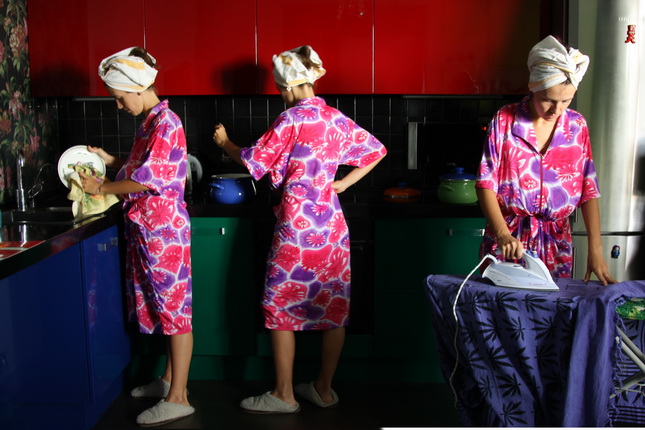
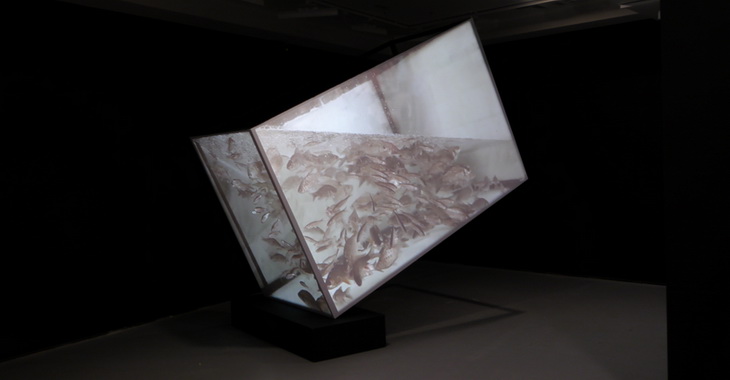
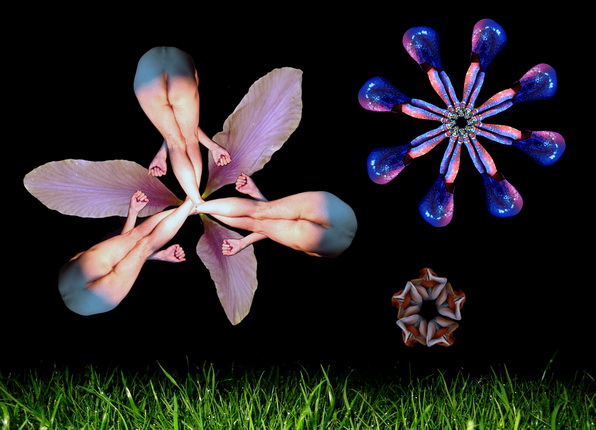
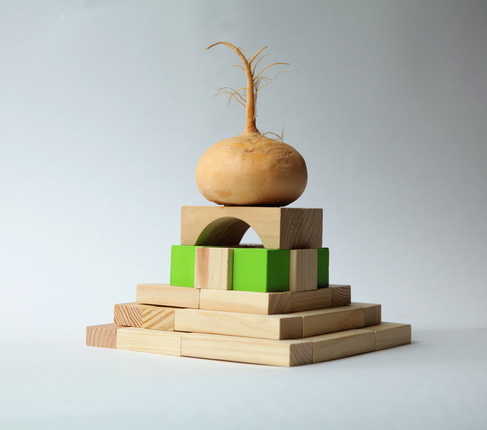
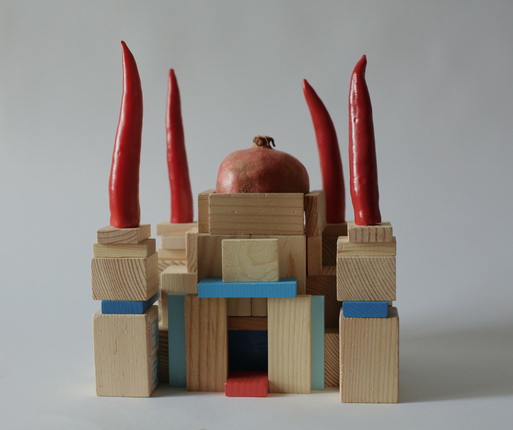
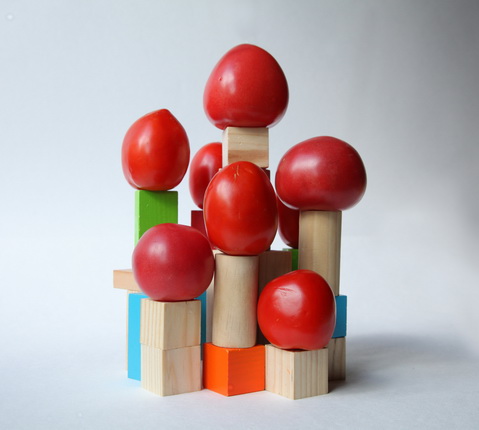
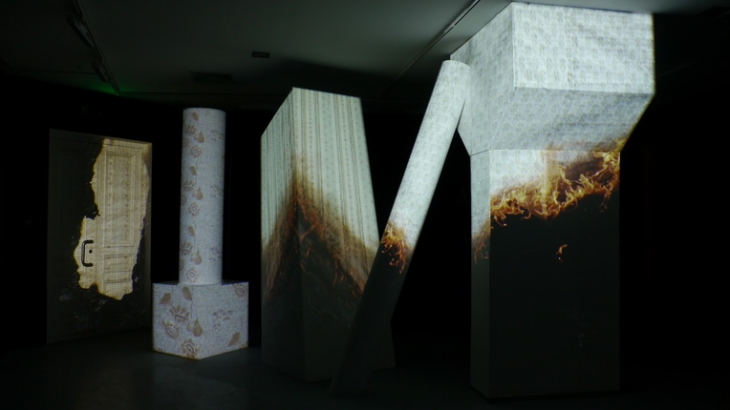
Dmitry Bulnygin. Housewife. 2008. Interactive video installation
Dmitry Bulnygin. Aquarium. 2015. Installation, mapping
Dmitry Bulnygin. Flowers. 2009. Video
Dmitry Bulnygin. ‘Temples’. 2012-2013. Digital print
Dmitry Bulnygin. ‘Temples’. 2012-2013. Digital print
Dmitry Bulnygin. ‘Temples’. 2012-2013. Digital print
Dmitry Bulnygin. Total recall. 2015. Installation, mapping
Perm, 5.04.2017—9.05.2017
exhibition is over
Museum of Modern art / PERMM
614070, Perm, Gagarin Boulevard, 24
Share with friends
Project presented by the ‘Moscow House of Photography’ Museum
Exhibition shedule
-
31.01.2015—22.02.2015
Moscow
Multimedia Art Museum
-
5.04.2017—9.05.2017
Perm
Museum of Modern art / PERMM
For the press
‘Nothing is perfect’. From this affirmation the ‘mischievous side’ of the image emerges, revealed by its errors. Inspired by perfectly geometric forms originating from nature, the image is reconfigured with its own hybrid peculiarities, its ‘faults’ and disproportions.
A vegetable revolution occurs: ‘flowers’ adorned with different artifices are unfolded and denuded on the big screen (‘Flowers’, 2009); an assembly of potatoes, the pointed tip of a turnip and bristling façades organised by the presence of cucumbers are erected like temples of religion (‘Temples’, 2012–2013)... Artist Dmitry Bulnygin reproduces forms from the natural world in human-built structures and according to a process of observation.
This ‘social botany’ can also be found in the artist’s focus on familiar objects, as well as in the resemblances to human types and citizens gathered together en masse. His vigilance provokes sensory experiences by distorting the image in mirror reflections and reductions, inverse interpretations and trompe-l’œil. These are acts of defiance, too, directed against tedium at the immobility of décor.
Using still life with architectural and ornamental derivatives, the artist evokes by the medium of video the abrupt collapse of a system, represented in the image by a sinking space ship (‘Soyuz-11’, 2011) or columns on fire (‘Total Recall’, 2014). Allegorical moments of life on earth depicting a people ‘drowning in glory’, bloated then empty of a factor essential for life, the evolution is visually rendered as a ‘precipitous reaction’. In this whirlwind brought to actuality the central place occupied by the media-projected image is dispensed with by the symbolic act of tossing television screens out the window.
In this exhibition the selection of works on display characterises Bulnygin’s visual journey and the evolution of digital modes of technology, from the playful aesthetic reminiscent of a video game to the vast plasticity of images in the private or public space. ‘Nothing is Perfect’ is also the terrain of experiences shadowed by nostalgia, when you smile at a past time already lived through and another time in which you continue to live, with different images and visual languages.
Finally, ‘Nothing is Perfect’ is a retrospective of Dmitry Bulnygin’s video and photographic works, but since the author is still alive his oeuvre may always be improved and remains incomplete.
Louise Morin




